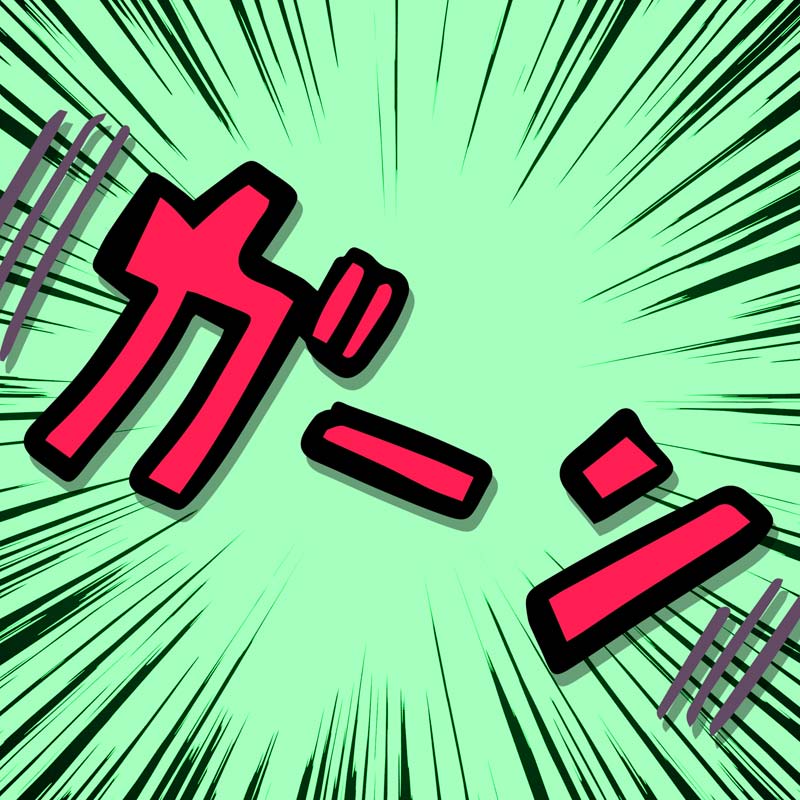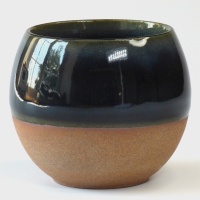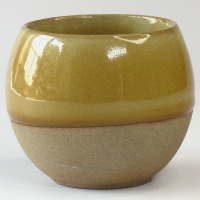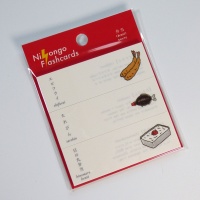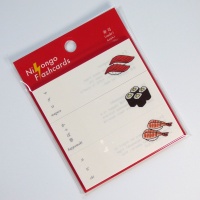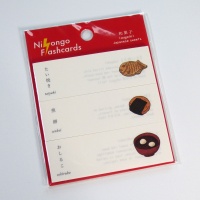All languages have their quirks that seem strange to non-native speakers and Japanese is no different. When learning and listening to spoken Japanese, you quickly become aware of little phrases used in everyday speech that don’t have any direct translation. Instead they mimic a sound – what we call ‘onomatopoeia’.
We use onomatopoeia in English referring to a word that sounds like what it represents. For example, words like ‘buzz’, ‘meow’, ‘crash’ and ‘boom’ are all examples of onomatopoeia because they sound like what they are. Even verbs like 'flap' are onomatopoeia.
In Japanese, these expressions are known as ‘giongo’ (擬音語) and ‘gitaigo’ (擬態語). They have a cute sound and capture a wide array of actions, emotions and sensations. As well as in spoken Japanese, these onomatopoeic expressions are used in written text, and particularly in manga comic books.
When written down, you might notice that these phrases are usually written in katakana instead of hiragana. This is a convention that has appeared over time for various reasons.
Katakana characters stand out from other written Japanese words, making them easy to identify and giving them emphasis. In manga, they enhance the visual storytelling with vivid auditory cues and the striking katakana characters complement the artwork. In fact, reading manga is a great way to practice reading katakana!

Examples of Japanese onomatopoeia
If you have never heard or seen any of these expressions, then it’s difficult to explain exactly what they are so the best way to elaborate is with some examples.
Here are some common onomatopoeic phrases that you will hear Japanese people using in everyday life. Some are easy to understand but others are a little more obscure to foreign ears:
Pika pika (ピカピカ): When something sparkles or shines, like a clean surface, a polished object or even the gleam of excitement in someone's eyes, the Japanese use ‘pika pika’. It's a sound that mirrors the glint of light, instantly conjuring images of brightness and cleanliness.
Gan gan (ガンガン): This phrase signifies a strong, steady sound or sensation. For instance, a train rumbling down the tracks or a headache pounding relentlessly might be described as ‘gan gan’. It conveys a sense of forcefulness and persistence.
Giri giri (ギリギリ): When something is done just in the nick of time or is on the brink of failure, ‘giri giri’ is the perfect expression. It captures the tense, precarious moment when success hangs in the balance, adding an element of suspense.
Shiku shiku (シクシク): This term describes the sound of someone sobbing quietly. It's a gentle, subdued sound, often associated with soft, muffled tears. ‘Shiku shiku’ conveys a sense of sadness or emotional vulnerability with its delicate sound.
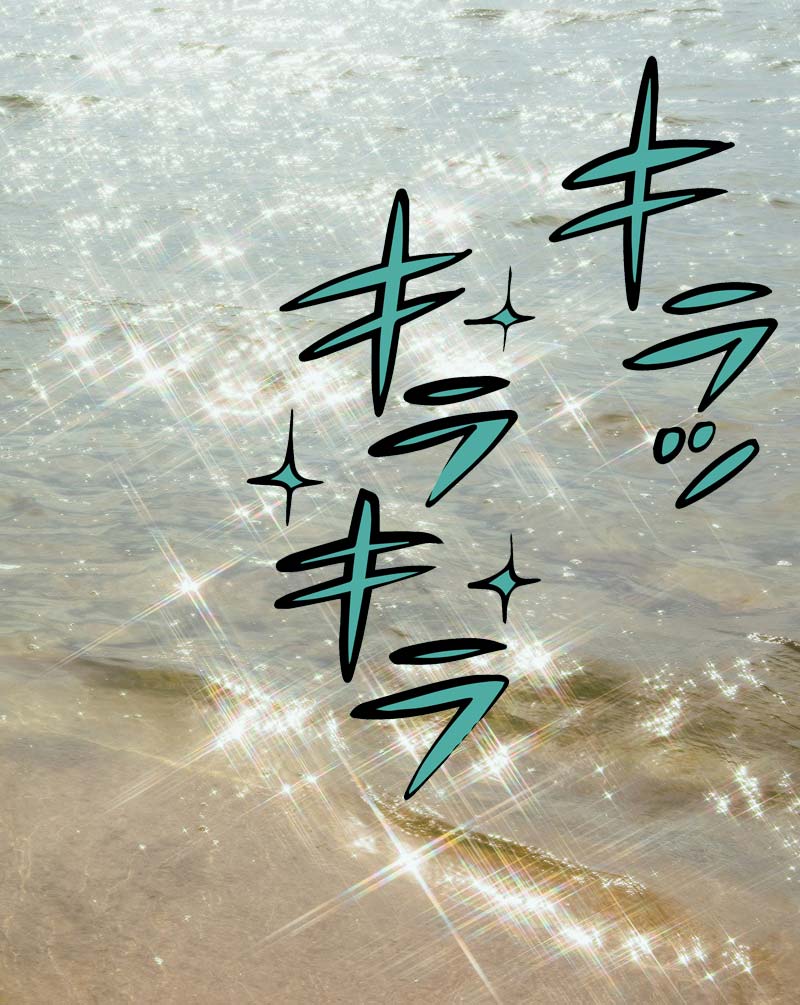
Kira kira (キラキラ): Similar to ‘pika pika’, ‘kira kira’ evokes a sense of glittering or twinkling but with a more delicate and ethereal quality. It's often used to describe the shimmering of stars in the night sky or the sparkle of a princess's gown. It’s easy to fell the sense of beauty and enchantment!
Zawa zawa (ザワザワ): When there's an atmosphere of unease or tension in the air, ‘zawa zawa’ captures the murmuring, rustling sensation that accompanies it. It's like the buzzing of nervous energy in a crowded room or the quiet chatter of anxious whispers.
Kyun kyun (キュンキュン): When one experiences a sudden, fluttery feeling in the heart, often associated with love or infatuation, ‘kyun kyun’ encapsulates that sensation perfectly. It's the sound of a heart skipping a beat or fluttering with excitement.
Gacha gacha (ガチャガチャ): The clinking, clanking sound of mechanical gears or small objects rattling together is represented by ‘gacha gacha’. It's often used to describe the noise of keys jangling in one's pocket or the sound of a vending machine dispensing items. In fact, this is where the capsule dispensing Gashapon (or Gachapon) machines get their name.
Pon pon (ポンポン): When something is done quickly and efficiently, with a sense of rhythm and precision, ‘pon pon’ is the ideal expression. It's like the brisk tapping of fingers on a keyboard or the swift, decisive actions of someone completing a task.
These examples only scratch the surface of the vast array of onomatopoeic phrases used in Japanese language.
I’m sure you can see that they are very evocative and carry more than just the sound of what they refer to. They bring a real sense of feeling and emotion.
Modern day phrases
So important are these expressions to the Japanese language that they continue to evolve and reflect modern-day experiences including those related to technology and the digital age. Here are some more recent examples:

Pachi pachi (パチパチ): This describes the sound of applause or the clicking of fingers but it's also used to represent the sound of typing on a keyboard or tapping on a touchscreen device. As technology has become increasingly integrated into daily life, ‘pachi pachi’ has expanded its meaning to include the sound of digital interaction.
Pika pika (ピカピカ): As mentioned earlier ‘pika pika’ has been traditionally used to describe something shiny or sparkling. But it has also been adopted to refer to the flashing lights and brightness of electronic devices, such as smartphones, screens and LED displays.
Gacha (ガチャ): Derived from the onomatopoeia for the sound of the capsule toy vending machines, ‘gacha’ now commonly refers to the act of playing a ‘gacha game’ or engaging in any activity involving random chance or luck. It is often associated with mobile gaming and online entertainment.
Kon kon (コンコン): This phrase mimics the sound of knocking on a door, but in modern usage, it's often associated with notifications or alerts on electronic devices. When someone receives a message or notification on their phone, they might say that they heard a ‘kon kon’.
Buru buru (ブルブル): Originally used to describe shivering or trembling due to cold or fear, ‘buru buru’ has expanded its meaning to include the vibration or shaking sensation of a smartphone or other electronic device.
Meka meka (メカメカ): This imitates the mechanical whirring or humming sound of machinery. In modern usage, it's often used to describe the noise of a computer or other electronic device working or processing data.
The way these terms have taken on more contemporary meanings shows how the Japanese language continues to adapt and evolve, incorporating new technological experiences into everyday language.
Why do Japanese people use these phrases?
These onomatopoeic phrases and words serve several important functions within the Japanese language and culture:
Expressing emotion: Japanese culture places a strong emphasis on indirect communication and subtlety. Onomatopoeia allows speakers to convey emotions, sensations and actions that might be difficult to express with conventional words alone. These phrases add layers of meaning to conversations and help understanding between speakers.
Immediacy: By mimicking sounds and sensations, onomatopoeic phrases create a sense of immediacy and vividness in the language. They allow speakers or writers to bring their words to life, making communication more engaging and immersive.
Aesthetic appeal: Japanese aesthetics, influenced by concepts such as wabi-sabi (finding beauty in imperfection) and mono no aware (appreciating the transient nature of things), often prioritize sensory experiences and the natural world. The gentle sound of onomatopoeia, with its ability to evoke sounds, textures and sensations, aligns closely with these aesthetic values, adding to the beauty and richness of the language.
As well as being a part of everyday speech, onomatopoeia has become a useful device for poets, writers and artists to convey mood, atmosphere and narrative elements.
What’s the history? Where did these words come from?

The origins of Japanese onomatopoeic phrases are deeply intertwined with the language's historical development, cultural influences and natural environment. While the precise origins of specific onomatopoeic expressions may be uncertain, several factors have contributed to their creation and evolution over time.
We have seen how many onomatopoeic phrases in Japanese mimic natural sounds with words recreating the sounds of animals, weather and other natural occurrences. They are rooted in the natural environment which has always been important to Japanese culture. As examples: "wan wan" imitates the sound of a dog barking, while "zaa zaa" mimics the sound of heavy rain.
Further to this, traditionally Japanese culture has placed a strong emphasis on observation and mindfulness, with people attuned to the subtle sounds and sensations of everyday life. Onomatopoeic phrases align closely with these values and reflect a deep appreciation for the richness of life.
Onomatopoeic phrases have been passed down through generations and remain deeply ingrained in Japanese culture. They are an integral part of everyday speech used by people of all ages and backgrounds. As such, these phrases have evolved over time, with new expressions emerging to reflect a changing society, new technology and cultural influences.
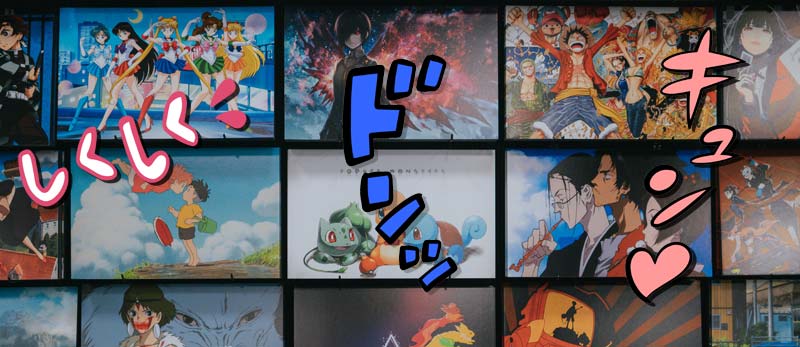
Broader global appeal
Japanese onomatopoeic expressions have a universal appeal and resonate with people from different cultures. Many foreigners find them charming and easy to understand.
These descriptive words often create vivid mental images that transcend language barriers. Even if someone doesn't understand the Japanese word itself, the sound it makes can conjure a clear picture of the action, emotion or sensation being described. This visual aspect makes onomatopoeia accessible and relatable to almost everyone regardless of their background.
In addition, the repeated syllables and simple sounds makes them relatively easy for foreigners to pronounce and remember. This accessibility encourages language learners to gain a deeper appreciation for the Japanese language and its unique features.
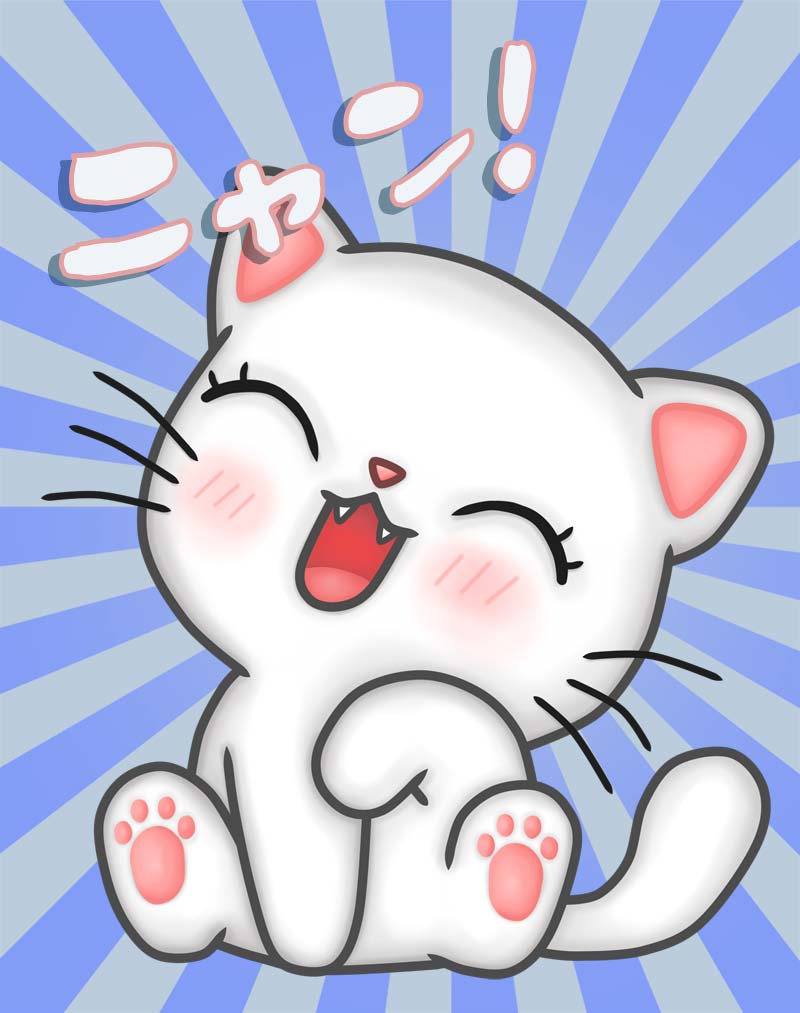
Many onomatopoeic phrases in Japanese have a cute or playful quality to them, which only adds to their appeal among non-Japanese. Whether it's the endearing sound of a kitten's meow (‘nyan nyan’) or the cheerful chirping of birds (‘piyo piyo’), these phrases exude charm and ‘kawaii’ making them memorable and enjoyable to use.
Japanese culture has a strong influence on global pop culture, particularly in anime, manga, and video games. Many onomatopoeic phrases are commonly used in these forms of media, exposing people around the world to Japanese language and culture in a fun and engaging way via their favourite Japanese entertainment.
I hope this demonstrates that Japanese onomatopoeic phrases are much more than mere sound effects; they are essential tools for communication, expression and cultural connection. They reflect the unique values and sensibilities of Japanese society.
From describing the subtlest of sensations to conveying complex emotions, these expressions add depth and texture to the language, making communication a vibrant and sensory experience.
So, the next time you find yourself immersed in Japanese culture or conversation, listen closely for these wonderful phrases that paint a vivid picture of the world around us.
And if you’re learning Japanese, try picking up some of these unique phrases as well as more conventional vocabulary – you’ll really sound like a native speaker!
Shop at Hatsukoi.co.uk:
Additional images:
Matt Popovich on Unsplash
Noah Clark on Unsplash
freestocks on Unsplash
Dex Ezekiel on Unsplash
Nick Sokolov on Unsplash
Eduardo • Subscribe to my YT Channel?? from Pixabay


